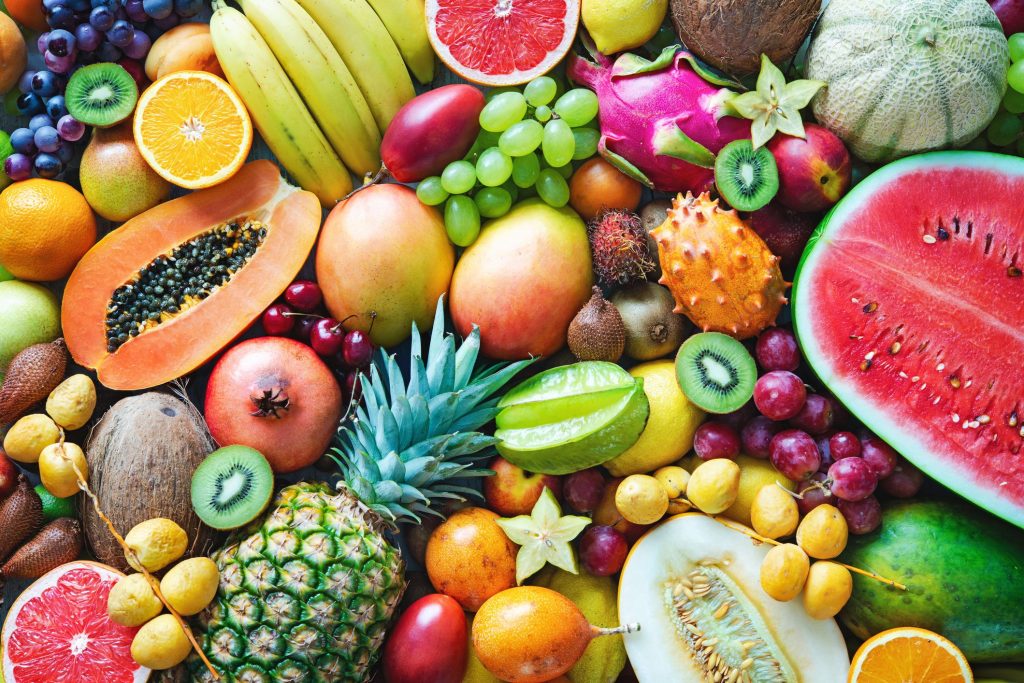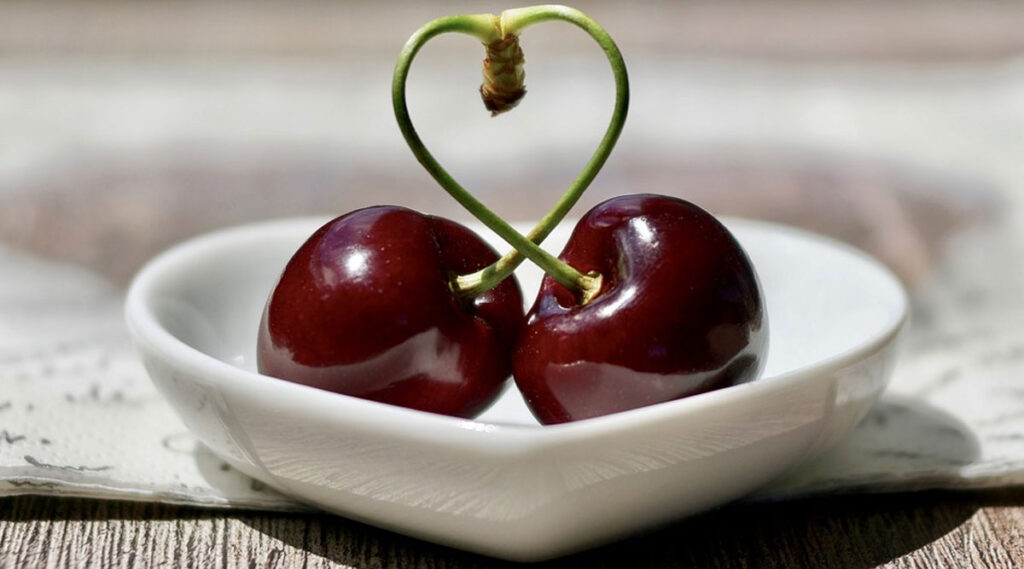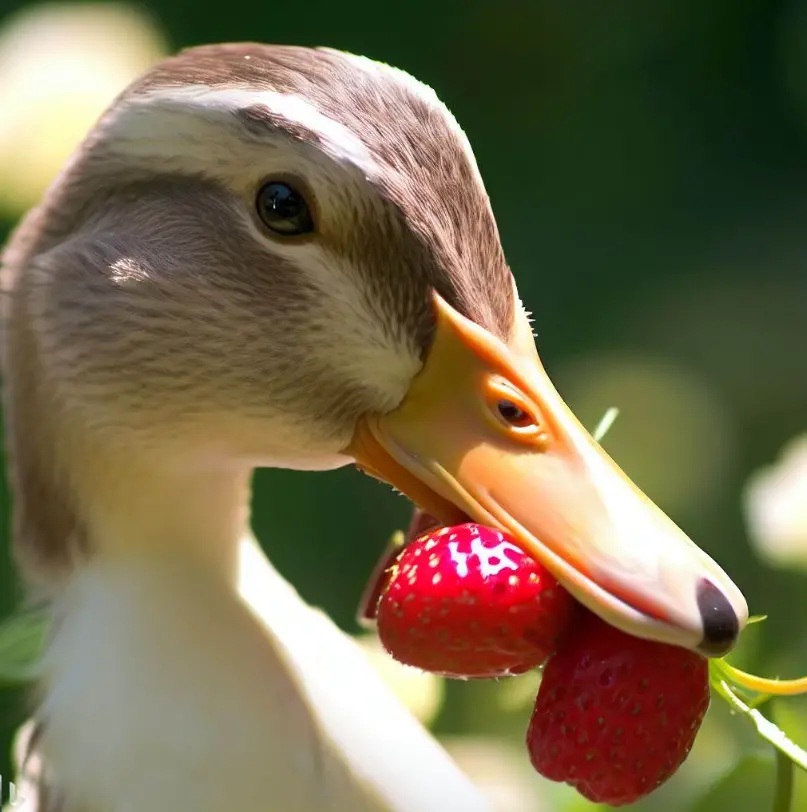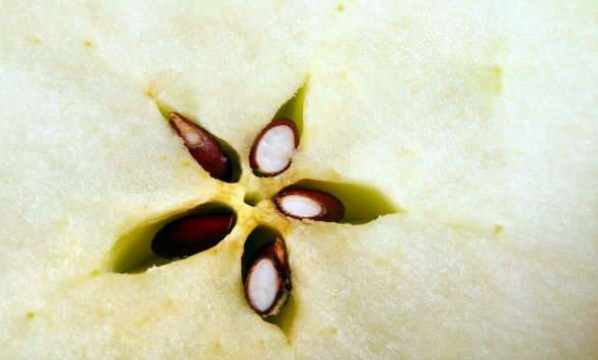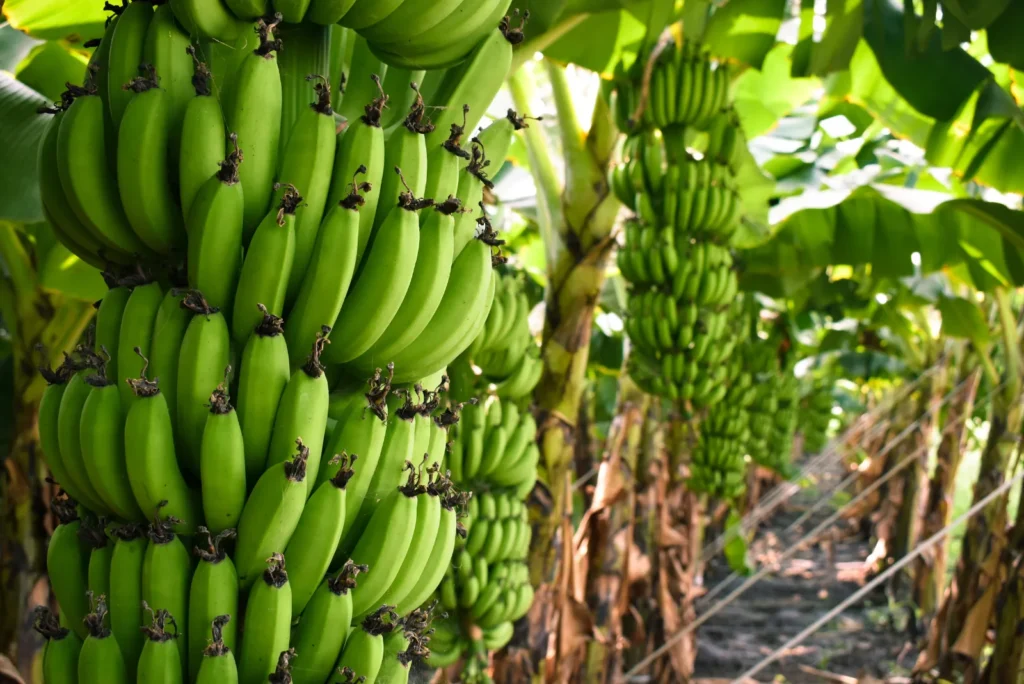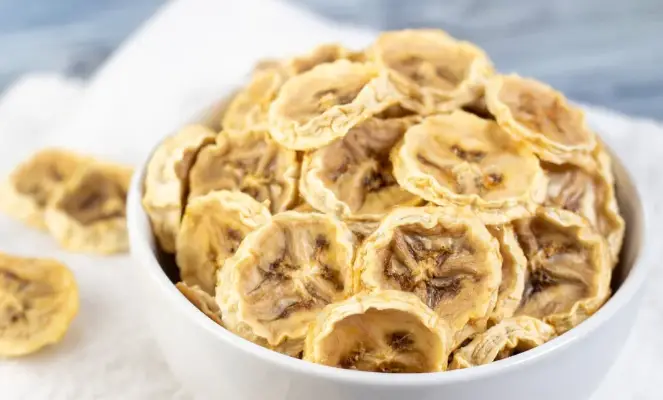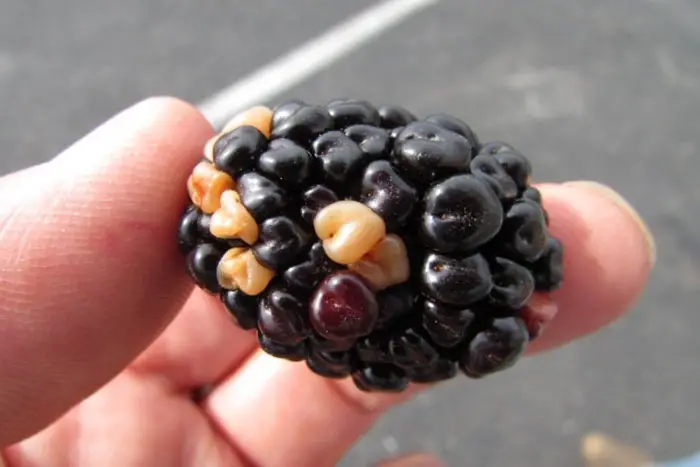The plumcot, also called pluot, is a special fruit created from mixing plums and apricots. They are sweet like plums with a juicy feel like apricots. A man who loved creating new plants, Luther Burbank, made the first plumcot in the 1800s. Today, you can find them in many colors from deep purple to pale yellow, and they are most common in the summertime.
Have you ever eaten a plumcot? If not, you’re missing out! They’re not just really yummy, but they are also full of vitamins and minerals that are good for you. Plus, their sweet and juicy taste is perfect for blending into smoothies, adding to salads, or baking into yummy treats.
Table of Contents
- What Does a Plumcot Taste Like?
- The Birth of the Plumcot
- Growing Plumcots
- When Can You Find Plumcots?
- Plumcot Nutrition Benefits
- Health Benefits
- How To Enjoy
- FAQs
- What is the difference between plum and plumcot?
- What do Plumcots taste like?
- How do you eat plumcot?
- What does a plumcot look like?
- What is the benefit of Plumcots?
- When should I eat Plumcots?
- Are Plumcots high in sugar?
- Do you eat the skin of a plumcot?
What Does a Plumcot Taste Like?
Plumcots taste like a mix of plum and apricot, with both sweet and a little sour flavors that make your taste buds dance. They are soft like ripe plums, with a skin that is smooth but a bit fuzzy like apricots. Some plumcots are more sour, and others are sweeter. It just depends on the type.
When you eat them, they feel like a ripe plum in your mouth, and you can choose to eat the skin or peel it off. This amazing taste makes them a favorite pick for many people.
Plumcots have a special flavor that is sweet and sort of sour, and once you try one, you’ll want more. Whether fresh or cooked, they make a wonderful snack or dessert.
The Birth of the Plumcot
The plumcot story starts in the 1800s with Luther Burbank, a famous guy who liked to mix different plants together. He mixed a Japanese plum with an apricot and got the first plumcot. It was exciting for people who love fruits because it had the juicy feel of an apricot and the sweet taste of a plum.
Mr. Burbank didn’t stop there. He kept making new kinds of plumcots with different colors and tastes. The world really started loving plumcots in the 1990s because they tasted so good and were healthy too. Nowadays, you can find these tasty fruits all over the world, and there are always new types being made.
Dedicated plant breeders like Burbank show us how being creative can lead to amazing things in the world of plants. We owe it to him that we can enjoy delicious fruits like plumcots whenever we want.
Growing Plumcots
Plumcots need warm, sunny climates and soil that water can drain through. If you want to plant them, you have to pick a type that fits the weather where you live. There are lots of varieties, like Dapple Dandy and Flavor King, each with their own look and taste.
You can grow them in your own garden or on a farm. They need a sunny spot, good soil, and regular water when they’re growing. Putting the right nutrients in the soil helps them grow strong and healthy. Wait until the fruit feels a bit soft and smells sweet to pick them.
After picking your plumcots, you can keep them fresh in the fridge for about a week or freeze them to enjoy later. Eat them by themselves or add them to your favorite dish for a burst of flavor.
In conclusion, planting and harvesting plumcots is a lovely and rewarding experience. By giving them the sunlight, water, and nutrients they need, you can have a delightful and tasty fruit to enjoy quite often.
When Can You Find Plumcots?
Plumcots are mainly available from May to September. The exact time you can buy them might change depending on where they are grown and how the weather is.
Some varieties pop up in late spring, while others wait until the smack middle of summer to be ready.
The weather and how the plants are grown can sometimes make certain types of plumcots show up early or later than usual.
Even when it’s not summer, you can still enjoy plumcots. You can find them canned or dried, which lets you cook with them even when they’re not in season. You can also freeze them and use them later, so you can always have a taste of their yumminess and health benefits.
All in all, while fresh plumcots are a treat in the summer, you’re not out of luck the rest of the year. There are plenty of ways to keep enjoying them no matter the season.
Plumcot Nutrition Benefits
Plumcots are full of nutrients and have lots of health perks. Here’s what you get from a medium-sized plumcot, which is about 55 grams:
- Calories: 25 – so not too many!
- Carbs: 6 grams – gives you energy.
- Fiber: 1 gram – good for your digestion.
- Protein: 1 gram – helps build and repair your body.
- Fat: 0 grams – no fat at all.
- Vitamin A: 6% of what you need in a day – great for your eyes and immune system.
- Vitamin C: 2% of your daily need – keeps your skin and body healthy.
- Potassium: 2% of your daily requirement – important for your heart and muscles.
Plumcots are a smart choice for people who want to eat fewer calories. They don’t have a lot of calories and they’re full of dietary fiber, which helps your digestion work well and makes you feel full.
They have lots of good nutrients, too. They have vitamin A, which is very important for your eyes, skin, and to help your immune system fight off sicknesses. Plumcots also give you a little vitamin C, which is great for keeping your skin healthy, healing cuts, and making your immune system stronger.
Plumcots have a bit of potassium, which is good for keeping your blood pressure normal and maintaining a healthy heart. Overall, eating plumcots is a delightful way to get more vitamins, minerals, and other good stuff your body needs.
Health Benefits
With so many nutrients, plumcots are not just tasty, but they’re also really good for your health. Here are some of the benefits they provide:
- Good digestion: The fiber in plumcots helps keep your gut working right, preventing constipation and helping you feel full.
- Clear vision: Thanks to the vitamin A in plumcots, your eyes will work better and you’ll see more clearly.
- Strong immune system: Vitamins A and C in plumcots help your body fight off sickness and keep you healthy.
- Heart health: The potassium in this fruit helps control your blood pressure, which is great for your heart.
- Antioxidants: Plumcots have antioxidants that protect your cells from harm and can reduce your risk of long-term diseases.
Making plumcots a part of your meals is a tasty way to enjoy better health.
How To Enjoy
There are lots of different ways to have fun eating plumcots, and they’re good for you, too! Here are some ideas:
- Fresh: Just wash it, cut in half, and eat it right away. Yum!
- Grilled: Slice, brush with oil or honey, and grill for a sweet and smoky treat.
- Baked: Halve the plumcot, remove the seed, put on a baking sheet, add honey, and bake until it’s deliciously soft.
- Smoothies: Mix them with other fruits and yogurt for a cool and nutritious drink.
- Salads: Slice them into your salad for a little extra sweetness.
- Jams & Preserves: Cook them down into jams for a perfect topping on breakfast treats.
- Desserts: Add them into pies or other desserts for a twist of flavor.
Try including this special fruit in your diet to enjoy their unique flavor along with many health benefits—they’re great whether you eat them fresh or cooked!
FAQs
What is the difference between plum and plumcot?
Plumcots are a kind of fruit that come from mixing plums with apricots. They have a flavor and feel that’s a mix of both. Plums are smooth and juicy, while apricots have soft skin and are less juicy. You can tell plumcots apart because they’re a bit fuzzy like apricots and shaped more like them too.
What do Plumcots taste like?
Plumcots have a taste that’s both sweet and a bit sour, with flavors from both plums and apricots. They have a deep, interesting taste that’s a mix of sweetness and tanginess.
How do you eat plumcot?
You can eat plumcots fresh or cook with them. To eat one, wash it first, cut it in half, and take out the pit. Then you can enjoy the fruit on its own or in different recipes.
What does a plumcot look like?
Plumcots look a little fuzzy like apricots and come in round or oval shapes. They’re usually somewhere in size between a plum and an apricot. Inside, the flesh is often orange or yellow, with a texture that’s fairly firm.
What is the benefit of Plumcots?
Plumcots are full of nutrients that are good for you. They give you fiber, vitamin A, and potassium, and have antioxidants that protect your cells from damage. Eating plumcots as part of your diet can help with digestion, keeping your eyes healthy, boosting your immune system, and taking care of your heart. They also have other important nutrients.
When should I eat Plumcots?
Plumcots are usually ready to eat from May to August, depending on where you live. That’s the best time to enjoy them when they’re most fresh and tasty. You can have them as a snack, put them into salads or smoothies, or cook with them in recipes.
Are Plumcots high in sugar?
Plumcots have natural sugars, but they’re not super sugary. A medium-sized plumcot has about 6 grams of carbs, 1 gram of fiber, and no added sugar. Like with all fruits, it’s good to eat plumcots in moderation as part of a healthy diet.
Do you eat the skin of a plumcot?
Yes, the skin of a plumcot is good to eat. It’s a bit fuzzy but has nutrients like fiber and antioxidants. If you want, you can peel it before you eat or use it in dishes.
